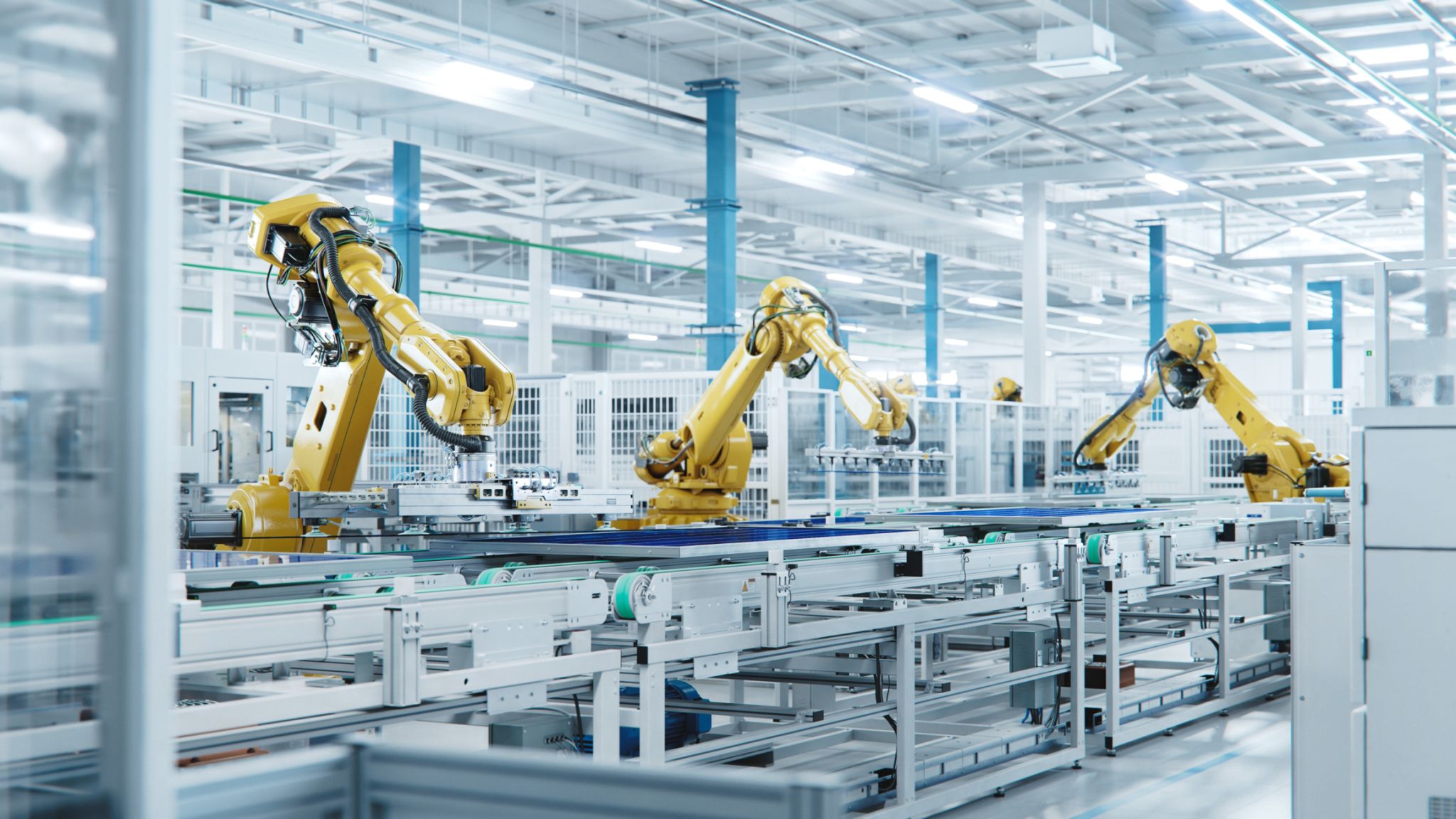Debunking Myths: Robotics in the Renewable Energy Sector
Understanding the Role of Robotics in Renewable Energy
The integration of robotics into the renewable energy sector is often surrounded by myths and misconceptions. As technology evolves, it's important to differentiate between fact and fiction to fully grasp the potential of robotics in this field. In this blog post, we aim to debunk some of the most common myths and shed light on the real impact of robotics on renewable energy.

Myth 1: Robotics Replaces Human Jobs
A prevalent myth is that robotics in renewable energy leads to significant job losses. While it's true that automation can reduce the need for manual labor in certain areas, it doesn't necessarily equate to job elimination. Instead, robotics often shifts the nature of jobs from manual to technical, creating a demand for skilled workers who can operate and maintain these advanced systems.
Moreover, the renewable energy sector is expanding rapidly, resulting in the creation of new roles that require human expertise. These roles often include data analysis, system design, and strategic planning, which are essential for optimizing robotic operations.
Myth 2: Robotics Is Too Expensive
Another common misconception is that integrating robots into renewable energy systems is prohibitively expensive. Initially, the upfront costs may seem high, but the long-term savings and efficiency gains often outweigh these expenses. Robots can perform tasks faster and more accurately than humans, reducing operational costs and increasing productivity.

Additionally, as technology advances, the cost of robotic systems continues to decrease. Many companies offer scalable solutions that can be customized to fit specific needs and budgets, making robotics more accessible to a broader range of organizations.
Myth 3: Robots Lack Flexibility
Some argue that robots lack the flexibility needed to adapt to the dynamic environment of renewable energy projects. However, modern robotics technology is highly adaptable and can be programmed to handle various tasks within wind farms, solar installations, and other renewable energy sites. Robots are now equipped with sensors and AI capabilities, enabling them to make real-time decisions and adjustments.

This adaptability not only improves efficiency but also enhances safety by allowing robots to perform tasks in hazardous conditions that might be dangerous for human workers.
The Real Benefits of Robotics in Renewable Energy
Understanding the true benefits of robotics in this sector is crucial. Some of the key advantages include:
- Increased Efficiency: Robots can operate continuously without fatigue, leading to higher productivity and more consistent outputs.
- Improved Safety: Automation reduces human exposure to dangerous environments, decreasing the risk of accidents.
- Enhanced Data Collection: Robots equipped with sensors and cameras provide detailed data for analysis, improving decision-making processes.
As we continue to explore the potential of robotics in renewable energy, it's clear that these technologies are not only here to stay but also have a significant role in shaping a sustainable future. By debunking myths and embracing innovation, we can better harness the power of robotics for a cleaner and more efficient energy landscape.
